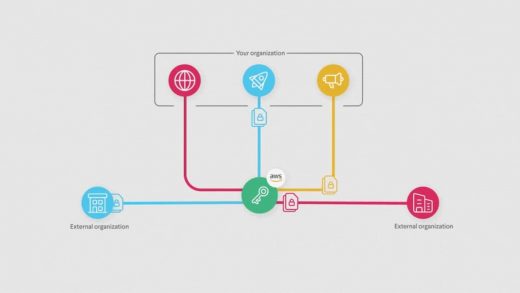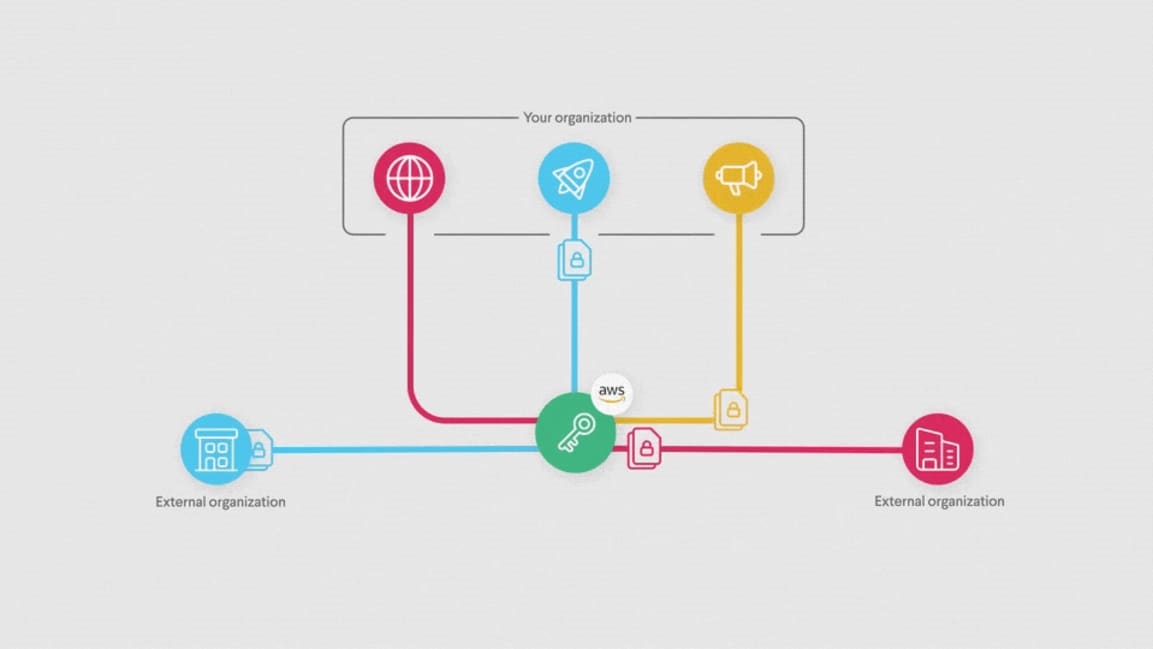Now Slack is more than an email killer. It’s a social network in disguise
Slack is trying to take even more conversations out of email by expanding how many companies can chat together at the same time.
With a new initiative called Slack Connect, members of up to 20 organizations can join a single Slack channel, up from two companies per channel previously. Users in those channels can also send direct messages to one another, even if they’re with different organizations.
“Customers that are benefitting from channel-based communications within their organizations will now be able to see that same benefit with anyone they’re working with,” says Tamar Yehoshua, Slack’s chief product officer.
Adding more ways to communicate externally is another big step toward Slack’s long-stated goal of making work email obsolete. But for Slack as a business, it’s also a way to make its service stickier and more profitable amid growing competition from Microsoft, Google, and others. In a sense, Slack is creating a new kind of social network for work communication, in which workers at any company can talk among themselves through Slack’s proprietary system.
Years in the making
Slack describes Connect as a set of technologies rather than any one particular feature, and says it’s been working on it for over four years in consultation with several customers. While the idea of external communication might seem simple, the company had to consider a lot of issues around data retention and security.
For instance, each organization in a shared channel might have different policies on how long to retain content. Slack had to create a system that adhered to those differing policies depending on who posted what. Slack also offers a way for organizations to encrypt messages and files, so it had to allow those companies to revoke external access in the future. That all gets pretty complicated once organizations start hosting people from dozens of other companies within their workspace.
“It’s not just, ‘How can the data live in two places at once?’” explained Slack CEO Stewart Butterfield in a briefing with reporters. “It’s, ‘How can it live in nine places at once, or 17 places at once?’ Over time, how can it exist more or less anywhere while still giving control over security and encryption?”
Ultimately, though, Slack argues that it’s creating a more secure system than email, which is why it’s pushing organizations to move more of their conversations into its chatrooms.
“If you think of email today, if I send you an email, it’s gone,” Yehoshua says in an interview. “It’s over the ether, and that’s it. So we spent a lot of time thinking about what are the things that would enable effective communication while giving corporations the confidence that their data was secure.”
Slack gets social
In its initial incarnation, bringing multiple organizations into a Slack channel is still somewhat cumbersome. First, one company’s administrator must create a channel invitation and send it—either via email or sharable link—to someone at another company. Invitees must then get approval from their administrator. This process repeats itself for every shared channel.
But Yehoshua says Slack wants to streamline the process in the future. Instead of having to approve every individual channel, for instance, administrators might be able to let users set up new channels on their own. This kind of blanket approval might also eventually apply to direct messages, so that people at different companies could communicate one-on-one without having to be part of a shared channel first.
“We started with it very constrained, making sure an admin approves everything, because it’s much easier to lift those constraints than it is to add them later,” Yehoshua says.
More interestingly, Slack is looking at ways to open up external communications even between companies that administrators haven’t explicitly approved. It’s early days for this effort, and Slack is wary of opening the door to spam and phishing attacks, but Butterfield floats the idea of companies applying for some sort of verification in the future. This could then allow Slack customers to issue a blanket approval for outside messaging from any verified organization.
“A lot like the blue checkmark on Twitter or Instagram, we’ll be able to guarantee that the message is coming from the organization it claimed to be coming from,” Butterfield said in the press briefing.
If collaborating with outsiders through Slack becomes faster and easier, email might not be so necessary.
Given where all this is going, it’s easy to see why Slack is making a big deal out of Connect. Even if practically all of your internal communications are happening in Slack, chances are you’re regularly using email to contact people outside your organization. If collaborating with such outsiders through Slack becomes faster and easier, email might not be so necessary anymore.
The result could be a lot more profitable for Slack, which requires a paid subscription for its channel-sharing features. And it might also help build a moat against some of its competitors. In April, Microsoft boasted of having 75 million daily active users for its Teams service, and while video chat has been a big draw for Teams, it also offers Slack-like chat rooms. In an interview with The Verge last month, Butterfield claimed that Microsoft was “unhealthily preoccupied with killing us, and Teams is the vehicle to do that.” (Slack last publicly disclosed its own usage numbers—12 million daily active users—in October.)
While Teams has its own external communications features, Microsoft hasn’t pushed them as hard, and its guest access feature requires visitors to sign out of their existing workspace first. With Connect, Slack may have found a way to make its service much more resilient, both against rivals like Teams and the emails it’s been so eager to replace.
Fast Company , Read Full Story
(39)



